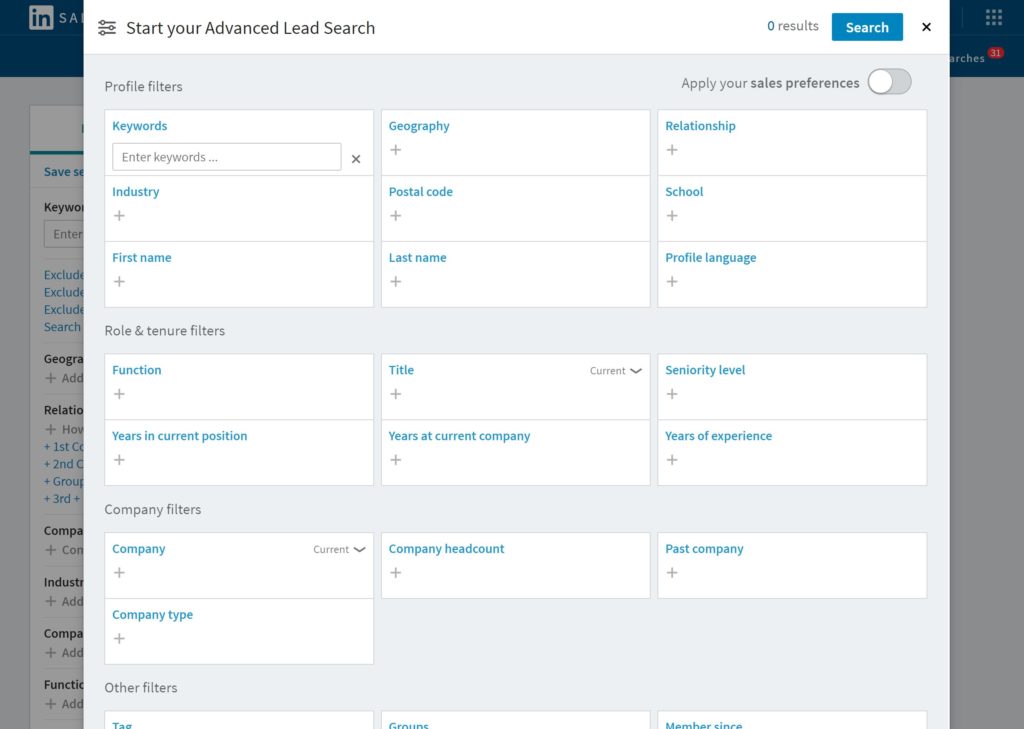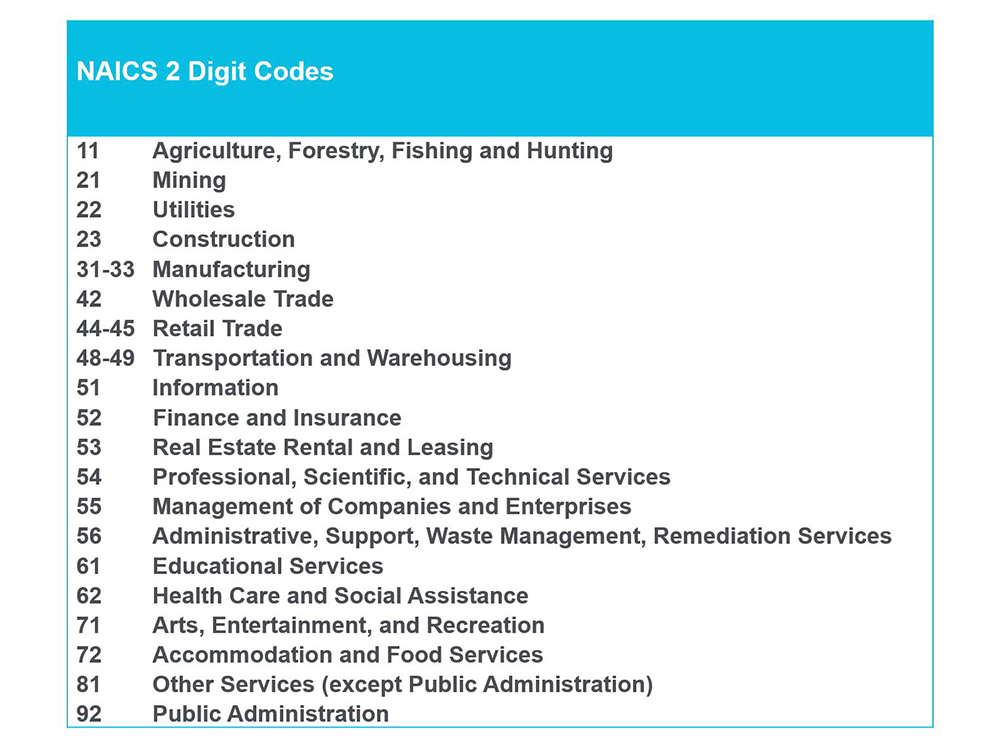One of the toughest things to do in business is generating leads when you need them.
Your manufacturing company has a baseline number of leads that come in per month. You don’t have to do anything novel and a fairly consistent number of leads dribble in from your website, referrals, and possibly agents and tradeshows. You know that 15 to 20% will be ready for your sales to pursue, and the rest are not ready. Marketing knows how to sustain the activities necessary to generate these baseline leads.
What do you do when you find you’re missing revenue targets and need to get more leads right away?
In a perfect world, you would have a sure-fire lead generation program waiting in the wings. With a nod from the CEO you just throw a lever that pulls money out of your cost center, launches your special lead generation activity, and puts an appropriate number leads into your CRM. For most of us, no such lever exists. Perhaps you’ve tried a few things in the past like sending an email promotion, launching a webinar, or hiring a cold calling agency in an attempt to generate new leads, but nothing seems to work. Nothing moves the needle.
The problem is these activities alone are not enough. It takes 7 to 13 touches to get a prospect previously unfamiliar with you to engage with you in some way. When you need leads, don’t launch an individual activity – launch an integrated campaign of multiple activities. Give the prospect a chance to get to know and trust you so they choose to engage.
Integrated campaigns involve touching a select audience via many marketing channels while retaining a consistent message and purpose. An integrated campaign might involve direct mail, email, targeted search engine marketing, trade publication article, social media advertising, and a phone call.
Please note that whenever a manufacturer needs revenue to hit the quarterly or annual goal I always recommend mining the existing contacts within their CRM. Always start here. You have already invested in obtaining these contacts, and your lowest customer acquisition cost and highest probability for sales will come from your existing leads. However, this article is about obtaining new leads, and assumes you have already mined your existing CRM database.
Here are some steps to maximize your next integrated lead generation campaign.
Select Your Most Valuable End Markets
Not all end markets are the same. Some are not as responsive to your offering, some carry a high cost-to serve, and others contain few prospects. Make sure you pursue new leads within end markets that will bring in the most value to your organization. Please see the blog titled 5 Steps to Finding Your Best End Markets to learn how to select your best end market.
Understand Your Customer Needs
Customer needs of your target end market must be understood. If you believe your perception of customer needs is outdated, then consider conducting voice of the customer research. You can see how to do that here in the Fabricator article titled Know Your Customers.
Create Strong Messaging
With a list of customer needs for your target audience in front of you, take the time to create strong messaging that will resonate with that audience. A solid technique for creating messaging is found in the blog A 7-Step Approach to Strong Messaging: Working the Barbell Exercise.
Create the Plan
Creating your integrated campaign plan includes setting your lead generation goal, selecting the marketing channels, establishing the sequence for the content, and, for digital content, setting the best send times.
It’s best not to spread your campaign out over too many weeks. Keep the time frame from first contact to last to 6 and 8 weeks. Going much beyond this range can cause your marketing message to go stale.
Invest adequate time in your schedule for content creation. You might want to offer a white paper or video for download. You also might want to create a campaign-specific landing page. These items take time to create properly.
As you create content per your plan, make sure to stay true to your brand and to a specific campaign graphical theme. What colors, fonts, pictures, and tone do you want to have throughout the campaign. Be consistent or your repeated touches will not build on top of each other and you’ll have fewer responses from your audience.
Make the Prospect List
The quality of your prospect list is, of course, a vital component of a successful lead generation campaign. You’re after new leads, which means the prospects have not opted in to receive any email communication from you. Therefore, we must make sure that we address these contacts in an appropriate way, such as by direct mail, web advertisement, or phone call.
Prospect list creation is not easy. Try these techniques.
Google and Sales Navigator:
Use internet searches to identify company names. You’ll know you are using the right search phrases when you start to see your existing customers in your target market show up in the search engine results page.
When searching, don’t forget to enter major cities as well. For example, if you sell machinery to machine shops, start by searching machine shops and then search machine shops in all the major cities or states in your target geography. If you are searching nationwide, then be sure to include the cities that hold the most machine and fabrication shops, such as LA, Houston, Chicago, and the greater New York city area (from Philadelphia to Boston). Then repeat the process for your target states. Doing so will generate more results.

Screenshot of Sales Navigator search criteria
To find contact names for each company you have identified, look through their website or call them to obtain the name of the person that holds the job title you seek. Another approach is to use LinkedIn’s Sales Navigator, which is a business-to-business lead generating tool. With a subscription to Sales Navigator, you can often find contact names and titles for midsize and large companies.
NAICS Codes:
Another approach for generating a prospect list is to conduct a NAICS search. NAICS (formerly SIC codes) is a global classification system that lists company information such as location, size, contacts, and type of business. Many list generating service providers such as InfoUSA and Hoovers are available to assist you, and they allow you to identify prospects that match your detailed demographic requirements. You can obtain a list of contacts that work at companies that have a certain job title, geography, company size, and of course end market.

NAICS codes at the two-digit level
The codes are not perfect, and you’ll find only half the companies worthy of targeting. Still, identifying contacts by a NAICS code search can be a valuable way of creating a prospect list
Rented lists
When it comes to email blasts to your target audience, the most legitimate way of sending to prospects you have never communicated with before is to rent the list from a reputable organization. For example, trade publications who provide printed and online magazines to your target audience often have large subscriber lists that you can tap into. These subscribers have opted-in to receive promotional and informational emails from the subscribers. Expect to pay $.15-$.60 per send. The trade publication then emails to their list on your behalf. They don’t give you their list of contacts (or at least they shouldn’t). They will also send postal mail to their audience for an additional fee.
Integrated Campaign Options
Whichever lead generation activities you select, make sure you have an attractive and consistent call to action. What do you want them to do? Do you want them to download a paper, call you, fill out an online contact form, attend a webinar, attend an open house, or sign up for a free trial? Whatever you want them to do make sure that your CTA is inviting, action oriented, short, and repetitive.
Consider creating a landing page specifically for this campaign where people can learn details and download valuable content. Use gated content when targeting unsubscribed prospects. Gated content requires the prospect to enter their contact information to receive the content.
Here is a list of some lead generating activities to consider.
Direct Mail
In the last half decade, many marketers abandoned direct mail in favor of low cost email sends. However, direct mail is making a resurgence, and rightly so.
As email inboxes have become fuller postal inboxes have become emptier. Postal mail, even when it is thrown away, still has a chance of giving an impression. When your target list is small but of high quality I highly recommend the added expenditure of sending lumpy mail. Lumpy mail, otherwise called 3D mail, has a near 100% chance of being delivered and opened by your contact.
SEM
Search engine marketing is an advertising avenue that targets those surfing the web.
Advertising pay per click (PPC) is where you are paying the host of a website each time a visitor clicks on your advertisement. The visitors then directed to your website, often to your specific landing page designed to match the ad content and solicit the visitor to follow your call to action.
Keyword PPC is similar to advertising PPC. However, in this case you’re paying the search engine provider a fee whenever someone clicks on your keyword. You place bids for specific keywords or phrases that you believe the prospect in your target end market will use to search the web. The higher your bid versus your competitors the better your chance of coming up at the top of the search engine results page.
Remarketing or retargeting are SEM advertising services that can be very effective. It enables you to show your ads to users as they browse the internet if they have already visited your site. In other words, if a person visits your site using Google, a cookie is dropped onto their computer. Then, as they search other websites your ad has a probability of showing up time and time again.
Social media
You have two primary ways to touch your target audience with social media. First, include numerous posts on your social media sites regarding your campaign. Second, consider paying for advertisements on social media sites such as Facebook, LinkedIn, and Twitter.
Even for B2B manufacturing companies, social media advertising can be surprisingly effective for generating leads. You might pay per impression or PPC. Pay per impression is when you pay a certain amount per thousand times your ad appears on their screen, whether they click on it or not. PPC is a higher payment amount for each time someone clicks on your ad to find out more. Be sure to refine the demographics when placing the ad to ensure that your target audience is the primary recipient. This will greatly reduce wasting advertising costs.
You can also advertise on YouTube, but it lacks the demographic targeting available from Facebook, LinkedIn, and Twitter.
Press Release
Press releases are free, and if they are picked up they can add credibility to your campaign and helps build brand recognition. Send a press release out to trade publication regarding some aspect of your campaign – perhaps a new product, service, or capability. You can even send out a press release on a new high-profile customer if that customer is in your target market. If you have created a landing page, your CTA should send readers to that page.
Videos and Blogs
Consider creating one or more videos driving home important points about your campaign. Use these videos as campaign content downloads. Post them on YouTube to further your reach into the market.
Similarly, if you already post blogs on a regular basis, create some for the integrated campaign. Be sure to incorporate campaign related keywords throughout the blog to help search engines find it.
Email to your list
As mentioned above, it is best to send to a rented list from a reputable source. Since you are sending to new prospects as opposed to those already in your CRM, expect open and click through rates to be about 40 percent of normal.
Be very careful creating your subject line and preview text. Study the latest best practices before creating your email campaigns. Sending a series of HTML (graphical) emails and text-based emails provide instant access to a potentially large audience.
Cold calling
After you have made a few contacts with the prospects by other channels, you can consider cold calling. Carefully create scripts that are on message and get to the point quickly. Consider inviting them to download a valuable white paper or book, or to attend a special exclusive event.
Cold calling can be an expensive project when outsourced and can consume a lot of resources when you use in-house staff. To maximize cold calling results, only call if your target audience is small and your list is of high quality, or if the prospect has already shown some responsive behavior that suggests they’re interested.
Expect 90 percent of the calls to go unanswered and attempt at least 6 calls spread out over several days or weeks before giving up. Leave a message only on the first and last calls.
Test Often
Get in the habit of testing your marketing activities. If you are sending to 500 or more prospects you have an opportunity to conduct A/B testing that delivers statistically significant guidance. A/B testing will give your marketing team an opportunity to learn.
Final Thoughts on Generating Leads
Make sure that other departments know about your campaign. At the very least, sales and customer service should be aware of the campaign and have an idea of what they are to do or say if they receive comments or inquiries.
We all know generating additional leads when you need them is tough, so track your results, learn, and improve. It may take more than one campaign before you identify what sparks a response from your target market.
Latest posts by Chip Burnham (see all)
- Value Pricing Retains Both Customers and Profits - November 14, 2018
- Voice of the Customer – Needs Research - October 17, 2018
